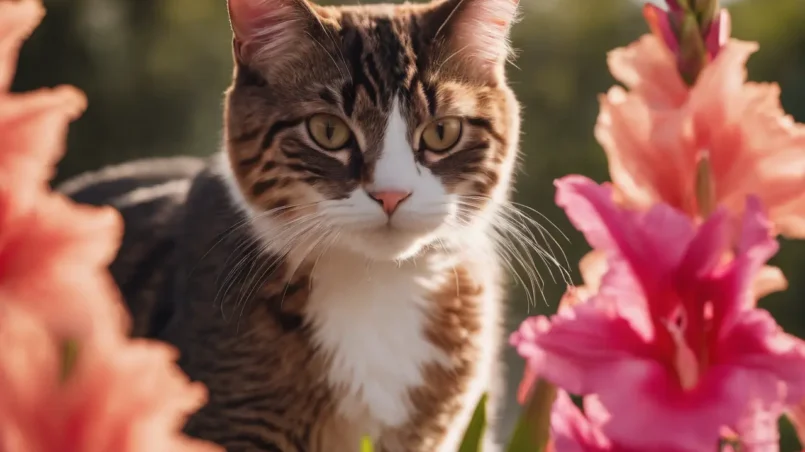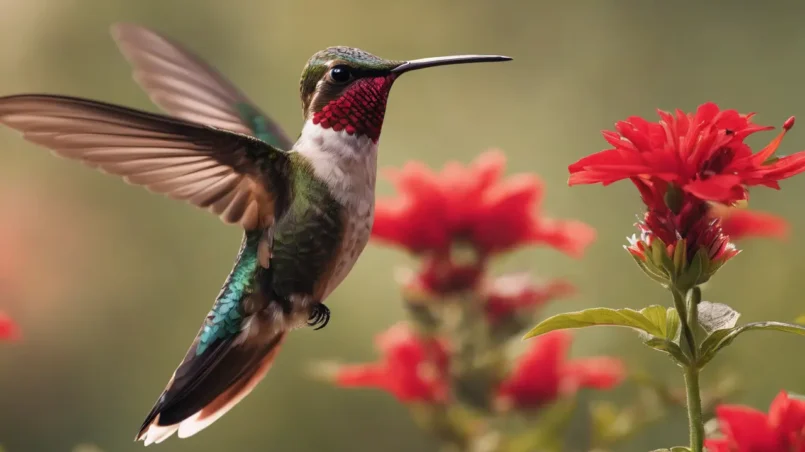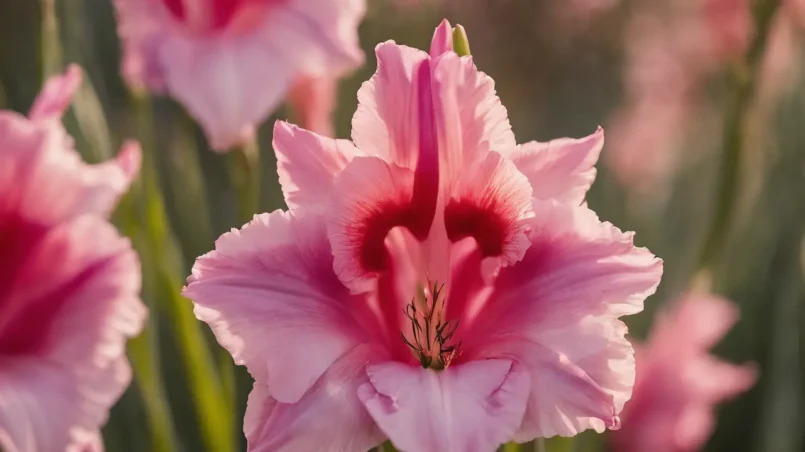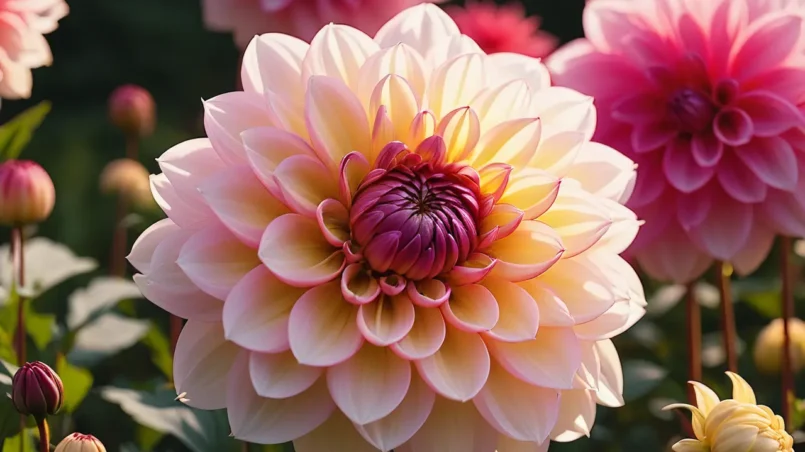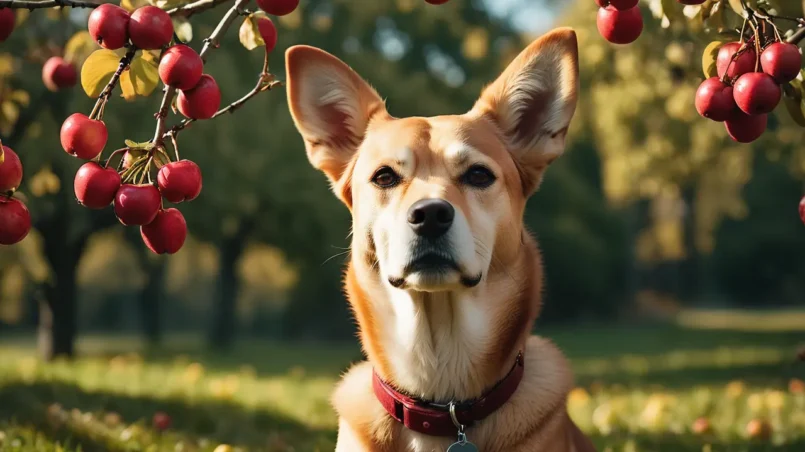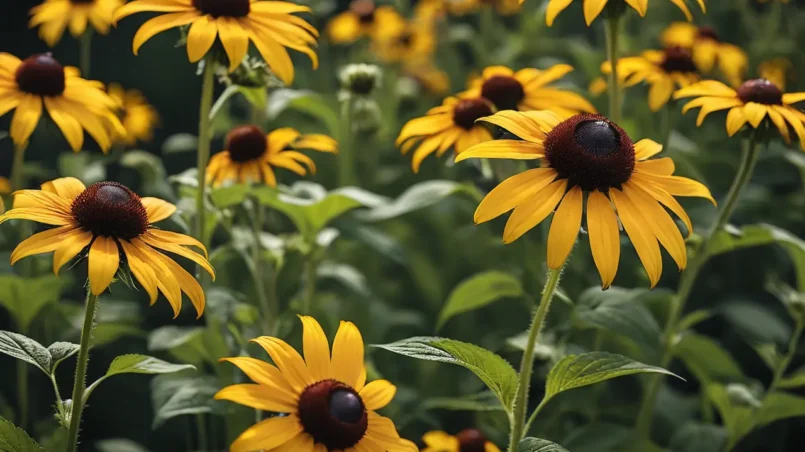Gladiolus, known for their striking, tall spikes of colorful flowers, are a favorite among gardeners and flower enthusiasts alike. These vibrant blooms not only add a splash of color to gardens and bouquets but also hold a charm that captivates many. However, for cat owners, the allure of adding such beauty to their home comes with a crucial consideration: the safety of their feline friends. Understanding which plants are safe and which could pose a danger is essential for creating a...
The vibrant flit of a hummingbird darting from flower to flower is a captivating sight in any garden. These tiny, energetic birds are known for their remarkable flying abilities and their role as pollinators in the ecosystem. A common belief among gardeners and bird enthusiasts is that hummingbirds are particularly attracted to red flowers. This article explores the science behind this belief, shedding light on how color influences the foraging behavior of hummingbirds and offering insights...
Gladiolus (Gladiolus spp.), with their striking, tall spikes of flowers, are a favorite among gardeners for adding dramatic color and height to garden beds and floral arrangements. However, for dog owners, the allure of these beautiful plants comes with a significant concern: are gladiolus plants safe around pets, particularly dogs? This question is critical as ensuring the safety of our furry family members is just as important as cultivating a stunning garden. This article aims to explore the...
Dahlias (Dahlia spp.) are among the most vibrant and diverse flowers found in gardens worldwide. Their wide range of colors, sizes, and shapes make them a favorite among gardeners and floral enthusiasts. However, for pet owners, especially those with dogs, the beauty of these plants often comes with a concern: are dahlias safe for dogs? This question is crucial for those striving to maintain a pet-friendly garden. In this article, we delve into the toxicity of dahlias to dogs, exploring what...
Crabapples, with their vibrant colors and tart flavor, are a common sight in landscapes and gardens. While these small fruits are often enjoyed by humans in jams, jellies, and pies, dog owners may wonder whether they are safe for their furry companions to consume. In this article, we delve into the potential risks and benefits of crabapples for dogs, providing insight into the factors that pet owners should consider when it comes to incorporating these fruits into their pets’...
Black-eyed Susans, with their bright yellow petals and dark centers, are beloved for their cheerful appearance and resilience in gardens and landscapes. However, while these vibrant flowers may be a delightful addition to outdoor spaces, dog owners often wonder whether they pose any danger to their furry companions. In this article, we explore the potential toxicity of black-eyed Susans to dogs, shedding light on the risks associated with these popular garden plants. Black-Eyed...

